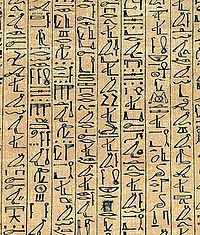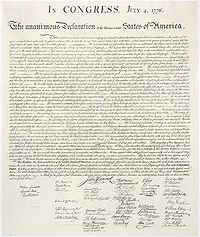I saw a story headline yesterday that the public school system in Augusta, Georgia is considering eliminating cursive writing from its curriculum.
OMG, I thought.
I was taught cursive writing and penmanship in third through fifth grades. I remember my school principal, Mr. Hillegas, visiting our class every year to exhort the importance of good penmanship. He had the most beautiful handwriting. So did all of my teachers. I was jealous of those few students that were good at it, too. Every class had one or two students that the teacher just couldn’t rave enough about. These show-offs were always singled out and piled with compliments and had samples of their writing posted on the bulletin board to show the rest of us just how crappy we were.
So, how much do I write with my “fair hand” these days, I wondered. Let me look at my journal that I no longer use since I have a blog. Hmmm, all printed. Grocery list – printed. Story ideas written on scraps of paper, strewn all over my desk and in my purse – printed. To-do list at work – printed. I do have ONE piece of paper here that I have written in cursive. Written on it are the words Declaration of Independence and Timothy Matlack -words that I plan to use in just a minute in this very blog post. Kinda, ironic, isn’t it? I guess if I was of a different generation, I would have been taught proper texting and might have printed doi and tm mtlck on my paper instead, saving myself a whole lot of time.
Heck, come to think of it, if I wasn’t so old-fashioned I wouldn’t have all these papers anyway. All of these notes would be encrypted on my iphone, ready for me to peruse securely with a mere tap of my finger.
Is cursive writing a dying form of communication?
 The word cursive comes from the Latin, meaning flowing. Back in the day, it helped us move from labor intensive hieroglyphics to syllabic letters. We could connect these letters and speed up the whole writing process. And, cursive writing reduced the number of times we had to dip our quills, thereby reducing those unsightly ink smudges.
The word cursive comes from the Latin, meaning flowing. Back in the day, it helped us move from labor intensive hieroglyphics to syllabic letters. We could connect these letters and speed up the whole writing process. And, cursive writing reduced the number of times we had to dip our quills, thereby reducing those unsightly ink smudges.
 Before the typewriter, professional documents were written in cursive writing. People that had a fair hand could made a living utilizing their penmanship skills. Timothy Matlack, patriot and statesman, wasn’t paid to write with his fair hand, the final fair copy (aka parchment copy) of our Declaration of Independence.
Before the typewriter, professional documents were written in cursive writing. People that had a fair hand could made a living utilizing their penmanship skills. Timothy Matlack, patriot and statesman, wasn’t paid to write with his fair hand, the final fair copy (aka parchment copy) of our Declaration of Independence.
Which reminds me, I still write my own John Hancock in cursive.
I miss receiving letters in the mail written by friend or family member in long hand. And, somehow, thank you notes seem rather impersonal if done on a keyboard.
idk, wdyt?

